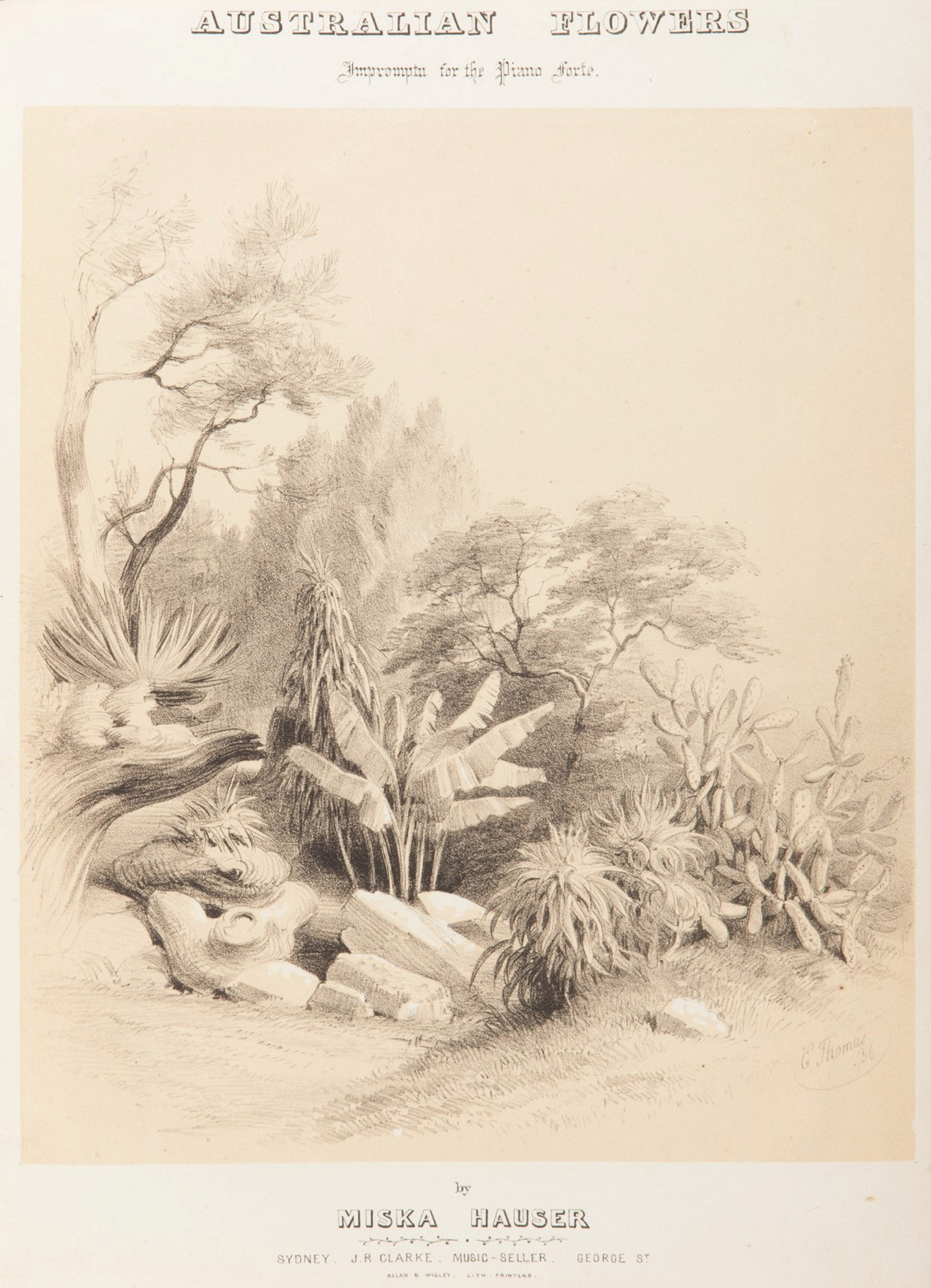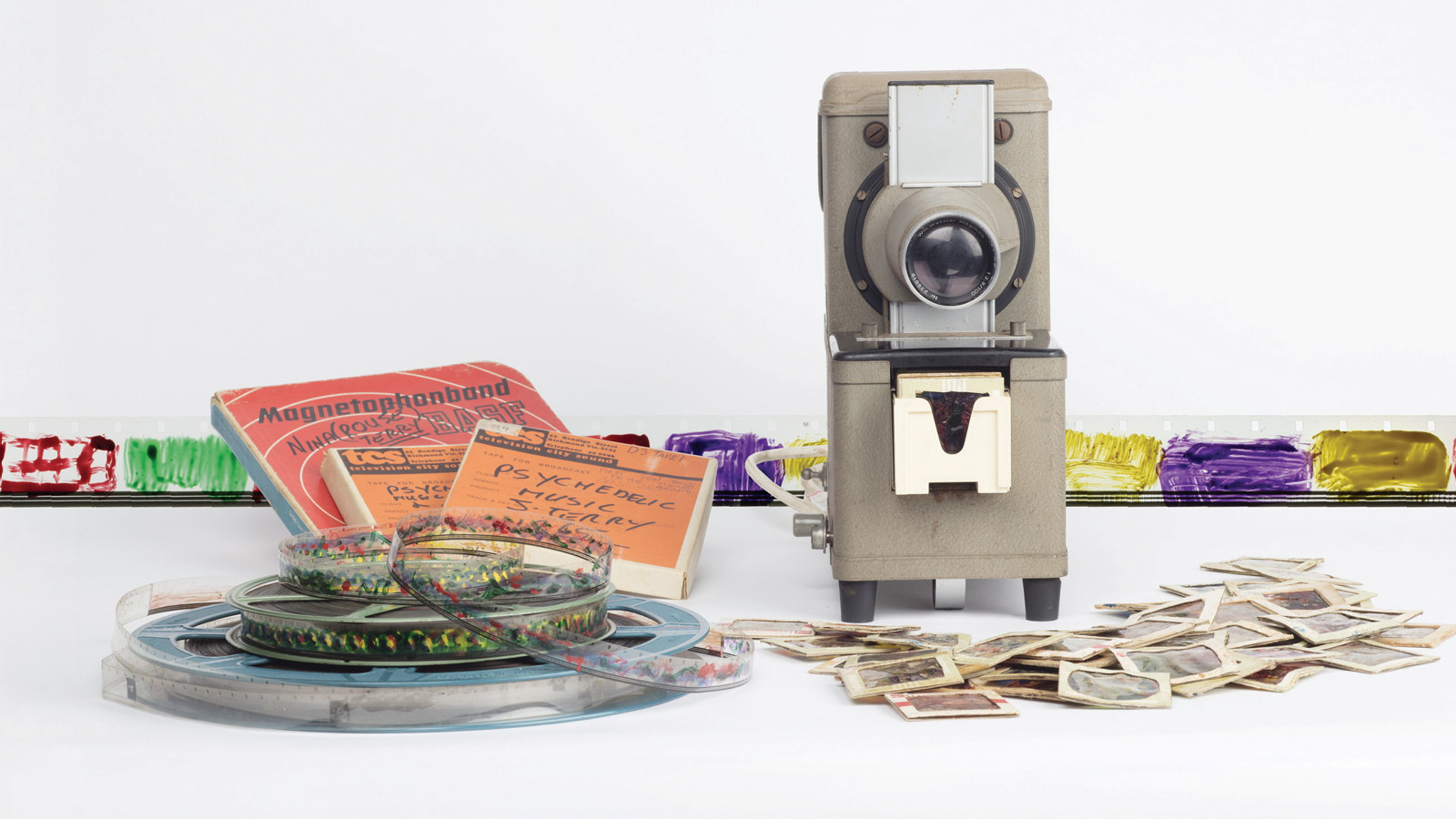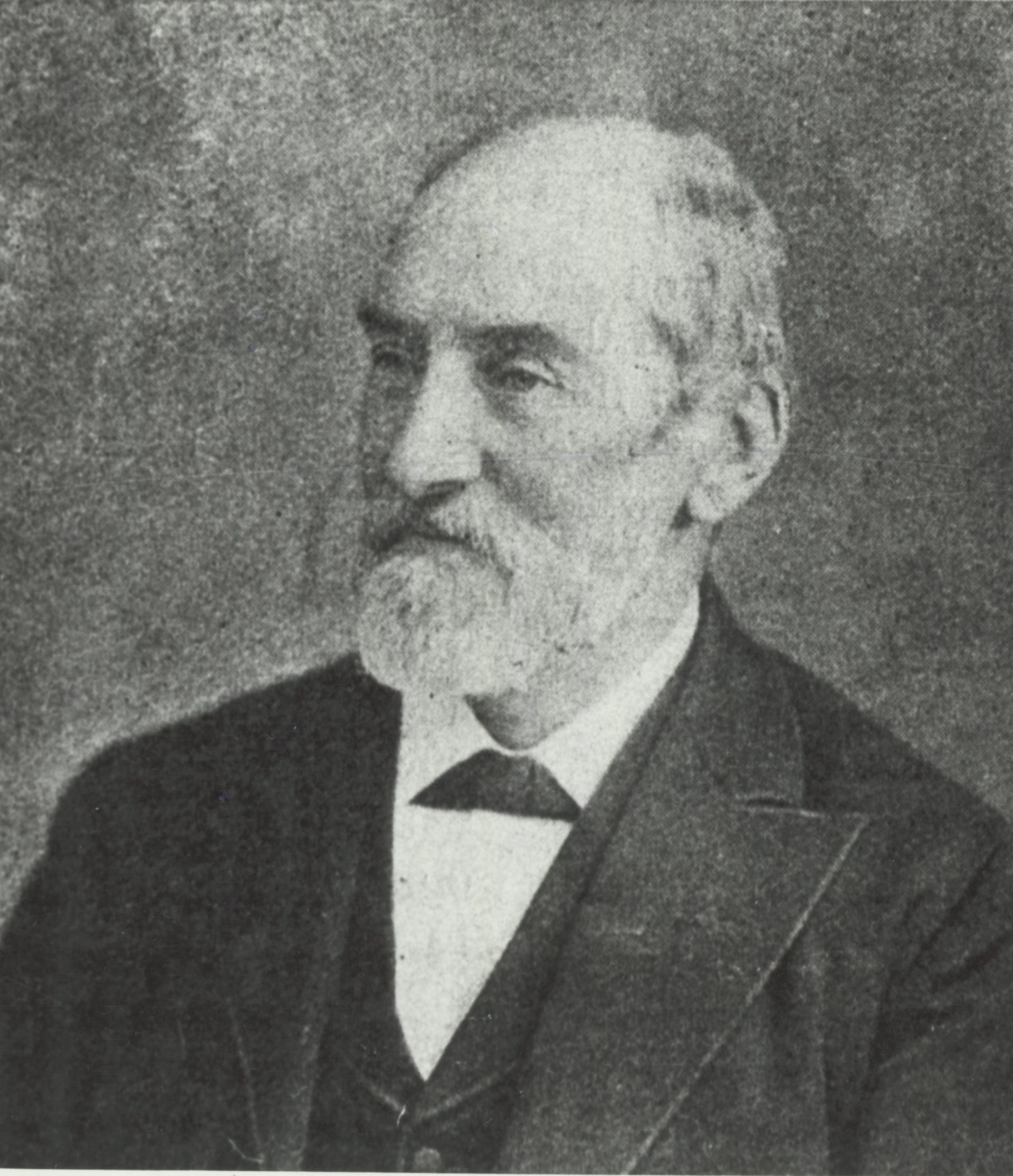Songs and scandal uncovered: The Dowling Music Project
In an exciting collaboration between MHNSW and the Sydney Conservatorium of Music, performers from the Historical Performance Unit brought to life a previously unknown collection of sheet music which belonged to a young Sydney couple in the 1830s.
The Dowling Songbook
In 2011, while examining the sheet music collection at Rouse Hill House & Farm, a nondescript volume of bound sheet music caught the eye of SLM’s musicology consultant, Dr Graeme Skinner. Dr Skinner saw that this volume of British music publications composed for voice and piano had been bound in Sydney, probably in the early 1840s, by Sydney music-seller Francis Ellard.
Not only did the majority of the songs in the volume bear the shop stamps of two local music sellers, but there were manuscript music transcriptions made by a ‘Miss Dickson’ as well as a number of professionally copied manuscript scores of songs stamped by Ellard.
In addition to the sheet music was a publication called ‘Grosse’s Instructions in Singing’ which had been published in London in the late 1820s. This singing treatise had been purchased locally and pencil markings on some of the songs suggested it had been used by its owner for singing training.
Dr Skinner had no doubt that this was a collection of national significance and believed not only that it contained some of the earliest examples of music manuscript created in Australia but was also one of the earliest collections of music bound locally.
We wondered who had originally owned this music and did the manuscript scores in the hand of 'Miss Dickson' provide a clue?
Further study of the volume by staff at the Caroline Simpson Library & Research Collection confirmed that this extraordinary collection contained songs owned and sung by a Sydney couple, Lilias and Willoughby Dowling, who proved to be as fascinating as their music collection. Lilias and Willoughby Dowling lived a life of wealth and privilege and though they were also troubled by scandal and tragedy, the complications of their lives seem almost hidden by the gentility of the surviving music they shared. Yet how this volume of music arrived at Rouse Hill House & Farm remains a mystery.
Recreating a lost musical world
In late 2015, MHNSW approached Associate Professor Neal Peres Da Costa of the Historical Performance Unit, Sydney Conservatorium of Music, with a challenge. We asked him whether it would be possible to bring to life the musical world of Lilias and Willoughby Dowling in one of our house museums.
MHNSW was able to offer the sheet music as well as the perfect interior - the drawing room at Elizabeth Bay House - where we could immerse both performers and an audience in a visual and aural setting similar to one that would have been familiar to the Dowlings. Excited by the challenge, Neal agreed to invite his students to participate and the Conservatorium acquired an 1840s Collard & Collard square piano specifically for the task.
Since late July, students from the Historical Performance Unit have been exploring Sydney in the 1830s and 40s. On a visit to the Caroline Simpson Library & Research Collection they studied the Dowling Songbook along with other sheet music collections belonging to contemporaries of the Dowlings. They examined domestic manuals on how to behave ‘appropriately’ at musical occasions, guides on how to sing and play piano, saw illustrations of musical instruments available at the time and even instructions on how to position a piano in an oddly-shaped drawing room.
In early August, the group took a tour of Elizabeth Bay House where they were instructed in the history of the rooms from attic to cellar and explored the drawing room in preparation for their performance. The pieces from the Dowling Songbook have been distributed to the students and performance workshops and rehearsals are under way.
The stage has now been set for bringing to life one of Australia’s most interesting yet little-known musical couples. Read below about the fascinating and troubled Dowlings.
The fascinating and troubled Dowlings
Almost 200 years ago, young Lilias Dickson and her siblings played along the shore of Cockle Bay near what is now the site of Dixon Street, in China Town.
Their family home rumbled with the steady beat of their father’s steam engine, the first in Australia, which was located in a flour mill next door. It was here – the place where the industrial revolution in Sydney began – that Lilly (as she was known to her family and friends) commenced her drawing, music and dance lessons – studies appropriate for a wealthy girl in the colony.
Governor Macquarie had been enthusiastic about John Dickson’s arrival in Sydney in 1813. Armed with £10,000 and a steam engine, Dickson made an attractive prospect and the Governor thought him ‘a very great acquisition to the colony’1. Twenty years later, in 1833, Judge James Dowling observed that Dickson was ‘a person of questionable reputation [who] had absconded from a charge of forgery’2. Dickson may have run away to England and broken bail but his contribution to the colony was clearly evident in the burgeoning industrial development around his mill.
The abandonment of Lilly and her six young siblings by their father in 1833 was one of a litany of disasters experienced by Lilly that year, and had included the death of her mother and the demolition of Lilly’s reputation by a scandal involving a visiting conman.
While accounts vary as to the exact detail, it appears that 15-year-old Lilly had a taken a fancy to an ex-convict, John Dow, better known as Viscount Lascelles. Enraged by news of his daughter’s relationship, Dickson struck Lilly with a chair and she escaped to Parramatta where she stayed for a day or two with Lascelles before returning home.
The matter may have ended there had Lascelles not grabbed his opportunity and taken Lilly to court upon hearing the news of her father absconding from the colony. Appearing before two judges, Lascelles claimed that the couple had married while at Parramatta and he had clearly set his eye on the girl’s fortune. The case was dismissed but Judge James Dowling observed that Lilias Dickson was a girl of a ‘light reputation’ and was later horrified when his young nephew, Willoughby James Dowling, married the 16-year-old Lilly less than three months later3.
There is nothing crueller than the rejection of ‘polite society’ and despite hiding herself from the public eye for many months after the court case, Lilly’s attendance at a Government House ball, in July 1834, caused considerable upset among the ‘matrons’ of the colony4.
Making her home at ‘Flinton’, a large 14-room-house in Paddington, Lilly gave birth to two sons and a daughter between 1835 and 1838. Meanwhile, Willoughby had been employed as a solicitor for John Norton’s law firm but following some financial irregularities, in 1841, he moved with his family to Bathurst. Travelling between Bathurst and Sydney, Willoughby continued employment as a solicitor but his battle with alcoholism began to takes its toll on his work and family. In 1849, at the age of thirty-seven, Willoughby committed suicide at home with a pistol following days of heavy drinking.
Lilly’s reaction to her husband’s death is unrecorded, but she immediately sold her possessions and sailed to England with her children to stay with her parents-in-law. Suffering a respiratory condition, Lilly decided to return to Australia in 1851. In 1856 she remarried and moved to the Southern Highlands, where she died in 1869, at the age of 51.
The fascinating and troubled lives of Lilias and Willoughby Dowling are little known and the accounts sketchy. There are occasional gossipy mentions in the diaries of their contemporaries, but there is minimal information in the archives or the press. While Judge Dowling vigorously disapproved of the actions of his nephew, the lack of coverage of Willoughby’s various misadventures and his relocation to a legal practice in Bathurst suggests the young solicitor may have received some assistance from his well-connected uncle.
Lilias was a spirited currency lass who struggled with the social constraints of her times. She may have been a woman of wealth but she would always be the daughter of a controversial steam engineer and would never escape the long memories of those who had been scandalised by her teenage adventures. Together, Lilias and Willoughby were a colourful couple who caused a stir wherever they went – Sydney’s original steampunks no less.
1. The Library Committee of the Commonwealth Parliament, ‘Historical Records of Australia’, Series I: ‘Governor’s Despatches to and from England’, vol. VIII, ‘July 1813—December 1815’ (1916), 159.
2. Dowling, Proceedings of the Supreme Court, Vol. 83, State Records of New South Wales, 2/3266[1 ], ‘Decisions of the Superior Courts of New South Wales, 1788-1899’, law.mq.edu.au [accessed 13 September 2016]
3. Dowling, Proceedings of the Supreme Court, Vol. 83, State Records of New South Wales, 2/3266[1].
4. Baron Charles Von Hugel, ‘New Holland Journal, November 1833-October 1834’, Melbourne: Melbourne University Press at the Miegunyah Press in association with The State Library of NSW, 1994, p.364.
Published on
Music stories
Browse all![Owner bound volume of assorted songs, in the collection of Rouse Hill House & Farm, 1850-1864. [music]](https://images.slm.com.au/fotoweb/embed/2023/10/615fb53b45ca4bfb8d979b01993be8c3.jpg)
‘Home! Sweet Home!’
It may come as a surprise that the expression ‘home, sweet home’ originates from a song title

'Australian Flowers'
Given that much of the music played in Australia in the 19th century had been imported, one might ask what constituted an ‘Australian’ piece of music?

1960s psychedelia at Rouse Hill House
In a short experimental period of music making, the talented young John Terry combined radical musical ideas with abstract imagery and the soundscape of Rouse Hill House

On This Day
30 Nov 1878 - 'Advance Australia Fair' first performed
On 30 November 1878 Advance Australia Fair was performed for the first time.
